China is making another stride towards its goal of building its own space station, with the latest progress being the launch of the country’s first space cargo ship in the next few hours.
Tianzhou-1, which means “heavenly vessel” in Chinese, will be sent into space by a Long March-7 Y2 rocket at 7:41 p.m. local time from the Wenchang Space Launch Center in south China's Hainan Province, according to the office of China's manned space program.
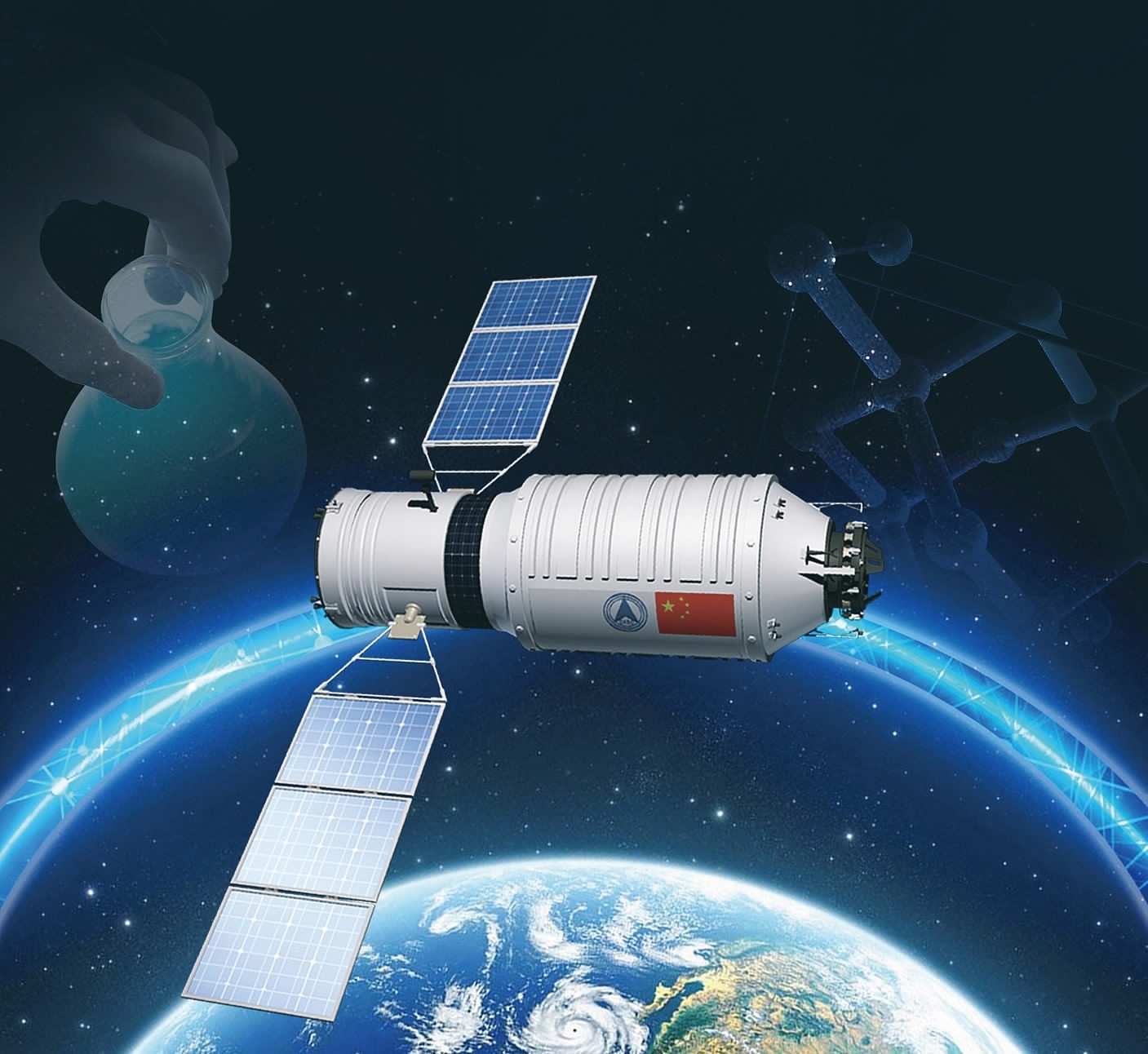
China’s first space cargo ship Tianzhou-1. /VCG Photo
Measuring 10.6 meters in length and up to 3.35 meters in diameter, the tube-like Tianzhou-1 can carry over 6 tonnes of cargo. It is expected to operate in orbit at 380 kilometers above the earth before conducting its two missions: docking with the Tiangong-2 space lab and conducting in-orbit refueling. The final launch rehearsal was held on Tuesday, with all related departments participating.
In its first two days in space, Tianzhou-1 will approach and dock with the Tiangong-2 space lab that was sent into orbit last year.
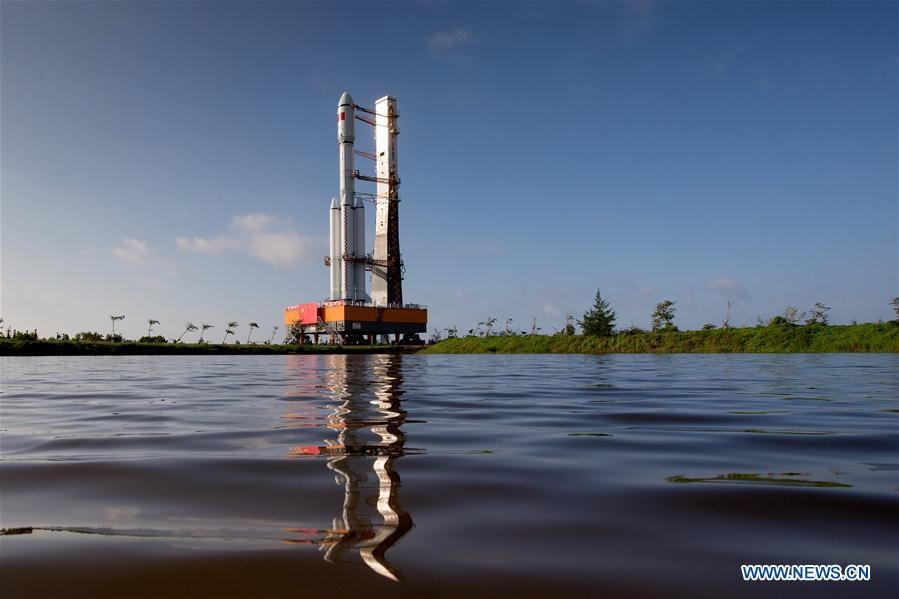
Photo taken on April 17, 2017 shows the cargo spacecraft Tianzhou-1 being transferred with a Long March-7 Y2 carrier rocket from the testing center to the launch zone in Wenchang, south China's Hainan Province. /Xinhua Photo
When docking is complete, the new combined craft will continue to orbit for two months. The cargo ship will refuel the space lab three times.
Perfecting in-orbit refueling will help China have extended missions in space.
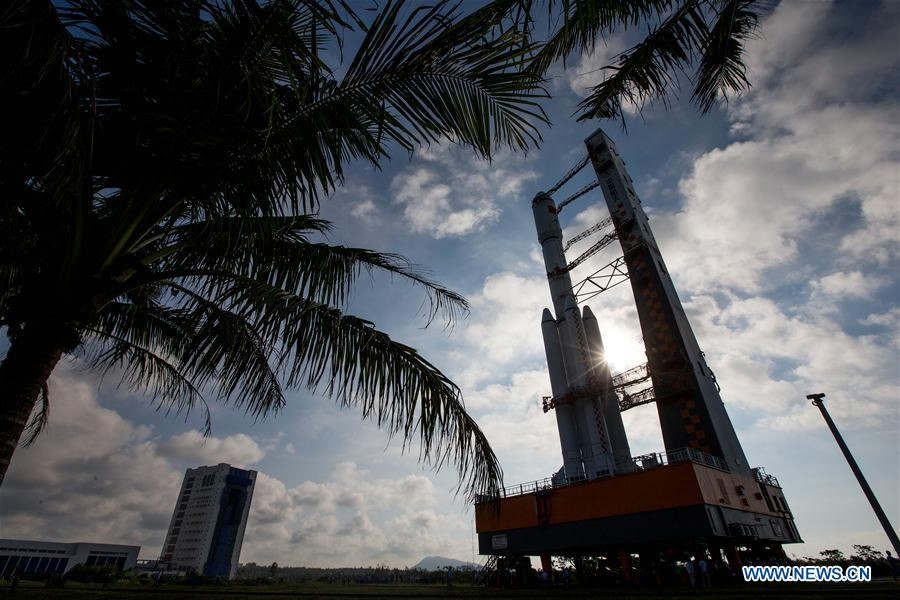
Photo taken on April 17, 2017 shows the cargo spacecraft Tianzhou-1 being transferred with a Long March-7 Y2 carrier rocket from the testing center to the launch zone in Wenchang, south China's Hainan Province. /Xinhua Photo
After two months together, the two spacecrafts will separate and dock for a second time. Tianzhou-1 will dock with the other side of Tiangong-2.
The second docking maneuver will be done as practice for future missions. China’s planned space station will be made up of several modules, so different docking procedures need to be rehearsed.
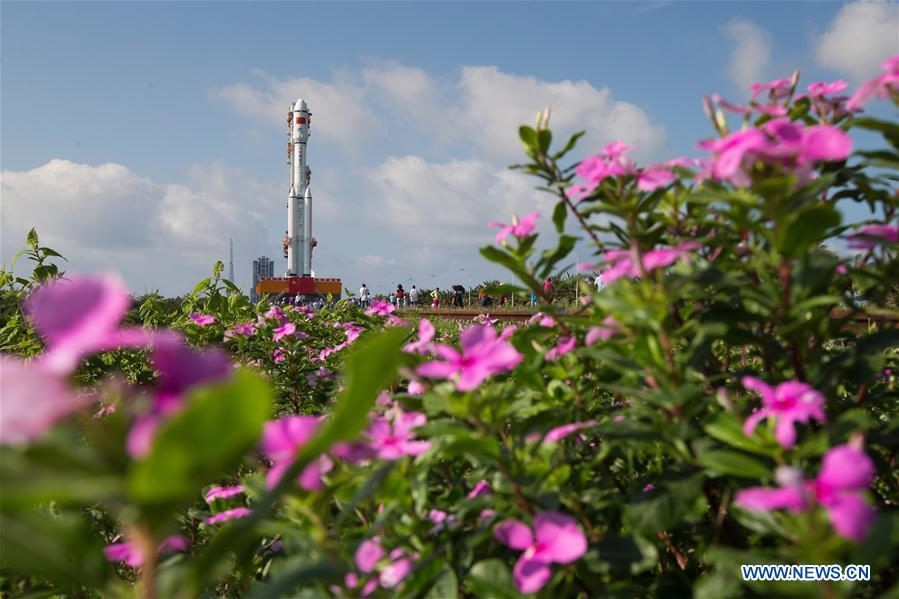
Photo taken on April 17, 2017 shows the cargo spacecraft Tianzhou-1 being transferred with a Long March-7 Y2 carrier rocket from the testing center to the launch zone in Wenchang, south China's Hainan Province. /Xinhua Photo
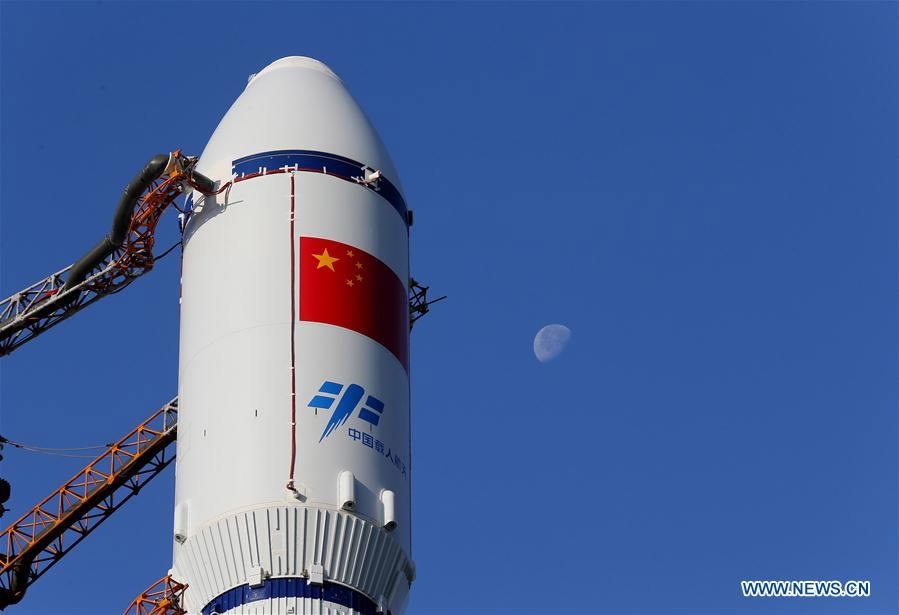
Photo taken on April 17, 2017 shows the cargo spacecraft Tianzhou-1 being transferred with a Long March-7 Y2 carrier rocket from the testing center to the launch zone in Wenchang, south China's Hainan Province. /Xinhua Photo
A third docking maneuver will also be done to test a so-called “express” link-up to shorten the process. The first two docking moves are expected to take a few days to complete. The express link-up cuts this down to six hours. If successful, China will be the second country to complete the procedure after Russia.
Lessons learned from Tianzhou-1’s upcoming months-long mission are expected to help China pursue its ultimate goal: a permanently manned space station by 2022.
(CGTN’s Yang Zhao also contributed to this story.)
Related stories:
2313km










